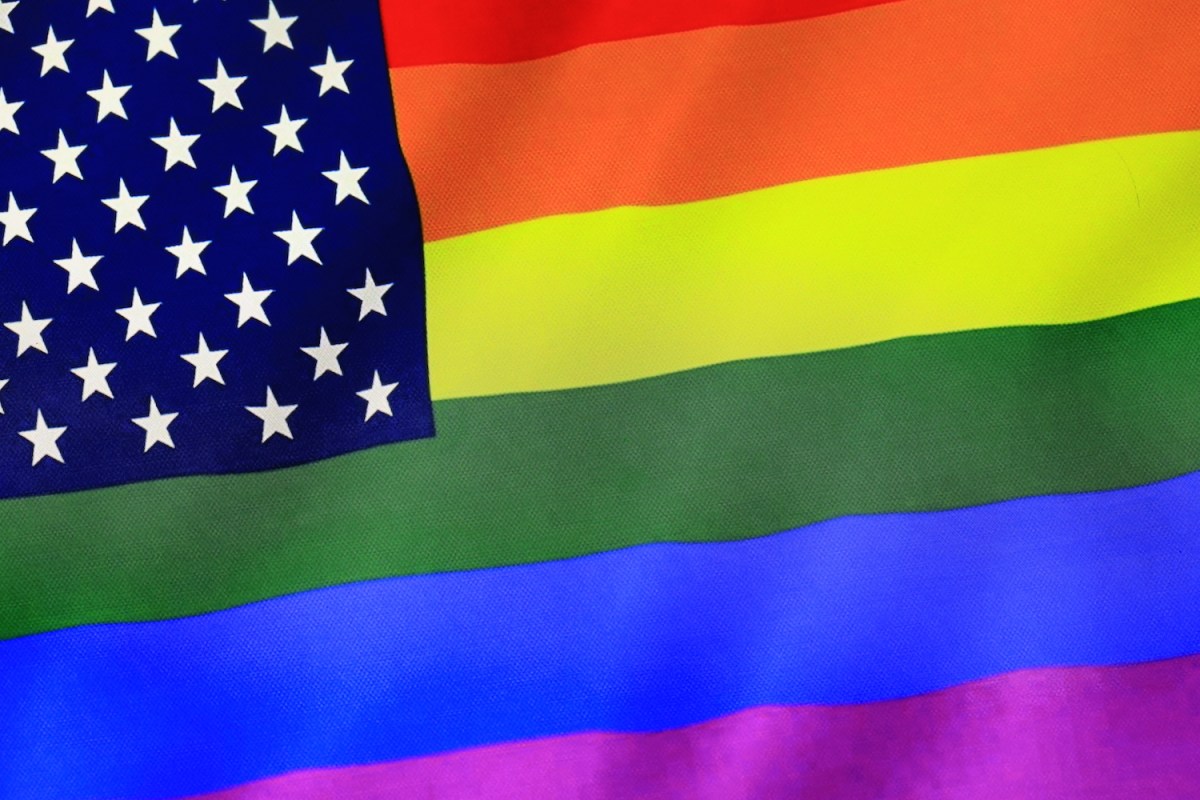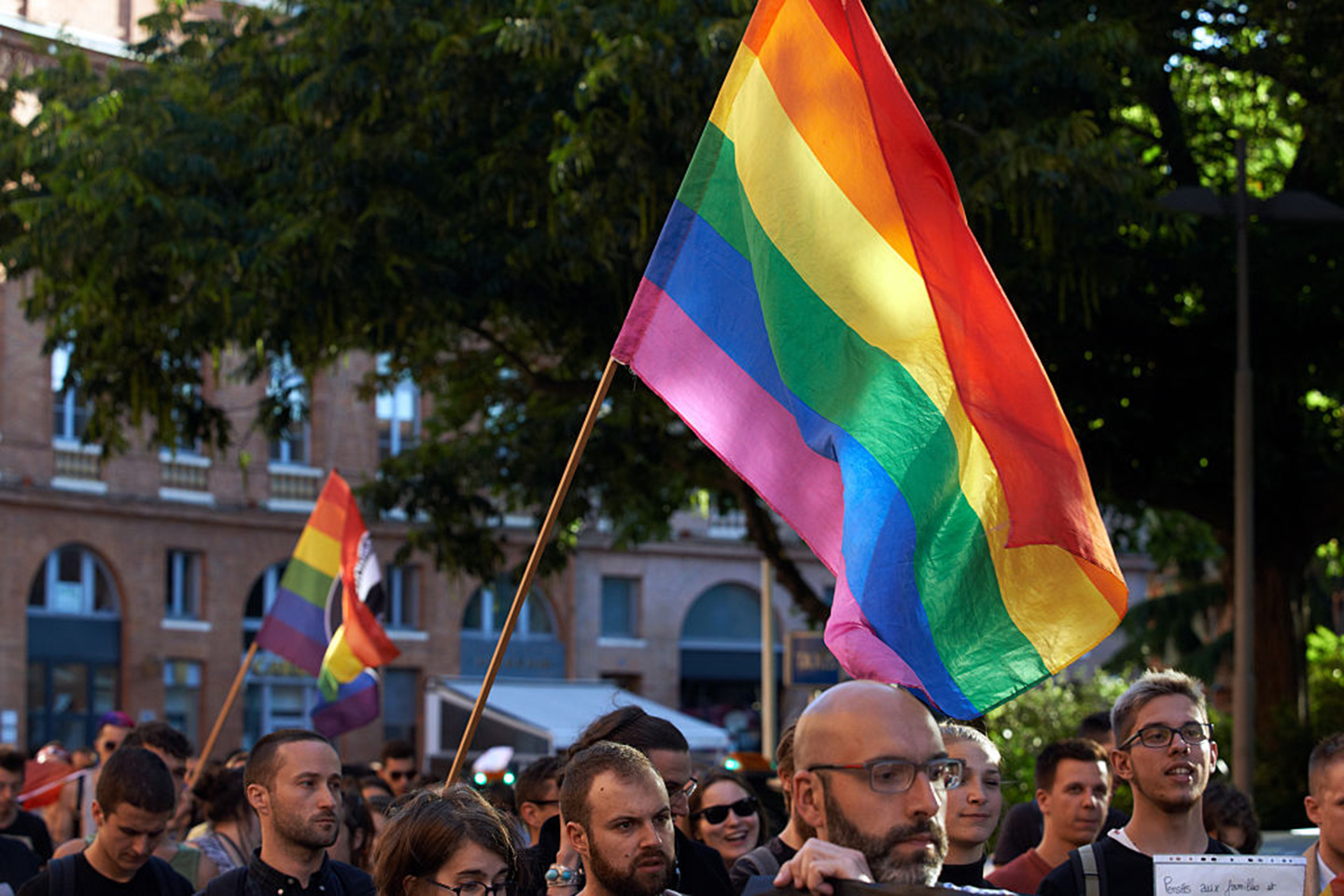The LGBTQ population of America appears to be growing, with a recent Gallup poll finding 5.6 percent of U.S. adults identify somewhere under the queer umbrella.
The most recent results represent an increase from Gallup’s last survey in 2017, when 4.5 percent of adults surveyed identified as LGBTQ. Gallup attributes part of this increase to Gen Z, the generation of 18- to 24-year-olds who are more likely than any other generation before them to identify as LGBTQ. According to the survey, one in six adult members of Gen Z consider themselves LGBTQ, compared to nine percent of millennials, less than four percent of Gen Xers, and just two percent of Boomers.
While this increase in LGBTQ identification may reflect a generational shift, it’s more likely the result — at least in part — of changing cultural attitudes toward LGBTQ identities and individuals. Compared to previous generations, members of Gen Z are coming of age in a society in which homosexuality is less taboo, and young people may feel more empowered both to explore their sexuality outside the rigid bounds of heteronormativity and to speak about it openly.
“Younger people are growing up in an environment where being gay, lesbian or bisexual is not as taboo as it was in the past,” Gallup editor Jeffrey Jones told NBC News. “So they may just feel more comfortable telling an interviewer in a telephone survey how they describe themselves. In the past, people would maybe be more reluctant.”
Of those who self-identified as LGBTQ in the Gallup survey, more than half identified as bisexual, while 25 percent identified as gay, 11.7 percent as lesbian and 11.3 as transgender. Around three percent identified as another unspecified non-heterosexual label, such as queer or “same-gender-loving.” (Respondents could give multiple responses, which is why the total exceeds 100.)
In the context of the entire U.S., where 86.7 percent of American adults identify as heterosexual, that comes out to 3.1 percent identifying as bisexual, 1.4 percent as gay, 0.7 percent as lesbian and 0.6 percent as trans. Of course, these numbers only account for those who choose to self-identify and are not necessarily representative of the entire LGBTQ population in America.
“It’s a measure of identity, not behavior or feelings or some other measurements we might use,” Gary Gates, a demographer who helped Gallup develop its 2012 survey, told NBC. “They weren’t trying to count all the people in the closet.” However, he added, “it’s still valuable to know who self-identifies.”
Thanks for reading InsideHook. Sign up for our daily newsletter and be in the know.

















